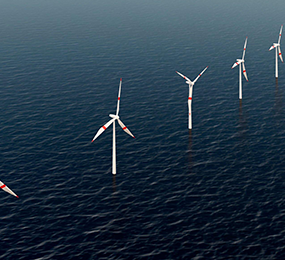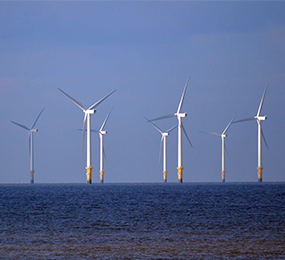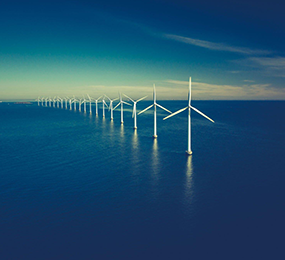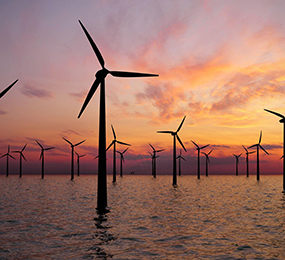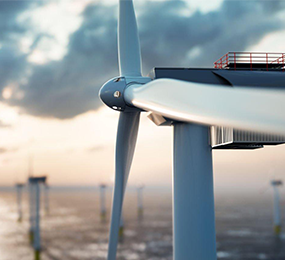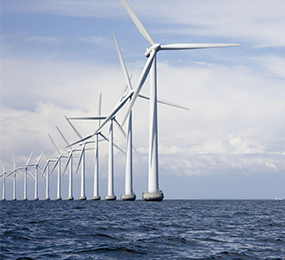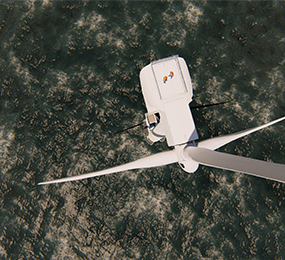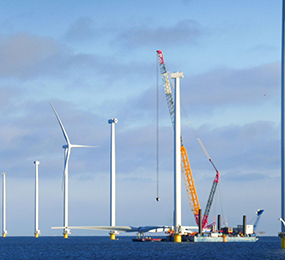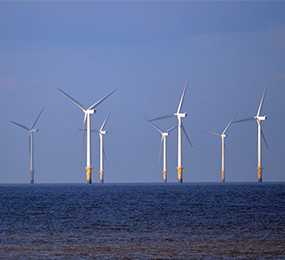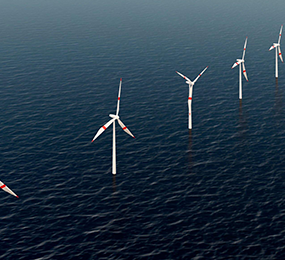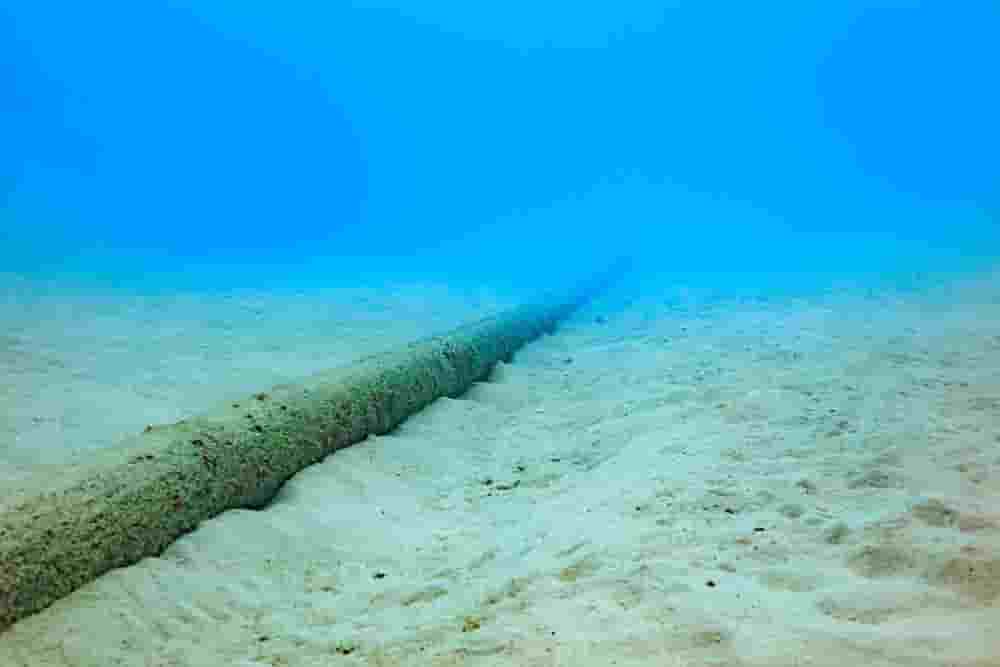Floating Wind Turbines: Advancing Sustainable Energy Solutions in Europe
Floating wind turbines have emerged as a game-changing technology in advancing sustainable energy solutions in Europe. As countries strive to transition from fossil fuels to renewable sources, these innovative turbines offer a promising solution for harnessing the power of offshore wind.
Unlike traditional fixed-bottom offshore wind farms, floating wind turbines can be deployed in deeper waters where wind resources are abundant. This unlocks vast offshore areas for renewable energy generation and expands the potential for wind power development. By utilizing these areas, Europe can tap into a significant source of clean and reliable energy.
Floating wind turbines offer several advantages over their fixed counterparts. Their mobility and adaptability make them suitable for various locations, including regions with challenging seabed conditions. This flexibility allows for the efficient utilization of offshore wind resources and reduces environmental impacts associated with traditional seabed installations.
Moreover, floating wind turbines have the potential to drive economic growth and create jobs. The development, manufacturing, installation, and maintenance of these turbines require specialized expertise and a skilled workforce. As the industry grows, it generates employment opportunities and stimulates local economies.
Another significant benefit of floating wind turbine is their potential for powering remote areas and islands. Many of these regions face energy challenges due to their isolation or lack of suitable land-based wind resources. By harnessing offshore winds, floating turbines provide a sustainable energy solution for these communities, reducing reliance on imported fossil fuels and improving energy security.
Furthermore, floating wind turbines contribute to reducing greenhouse gas emissions and mitigating climate change. The generation of electricity from clean, renewable sources displaces carbon-intensive energy sources, thereby reducing the carbon footprint and supporting Europe's commitment to a low-carbon future.
However, it is important to acknowledge that floating wind technology is still in its early stages of deployment and faces certain challenges. The cost of development and deployment needs to be further optimized to ensure commercial viability and competitiveness with other renewable energy sources. Ongoing research and innovation are essential to enhance turbine performance, reduce costs, and improve overall efficiency.
In conclusion, floating wind turbines are advancing sustainable energy solutions in Europe by tapping into the vast offshore wind resources. With their adaptability, economic potential, and ability to power remote regions, they offer a promising path towards a clean and renewable energy future. As technology advances and costs decrease, floating wind farms are poised to play a significant role in Europe's energy transition, driving economic growth and reducing carbon emissions.
Visit our website to know more: https://www.leadventgrp.com/events/4th-annual-floating-wind-europe/details
For more information and group participation, contact us: [email protected]
Leadvent Group - Industry Leading Events for Business Leaders!
www.leadventgrp.com| [email protected]


